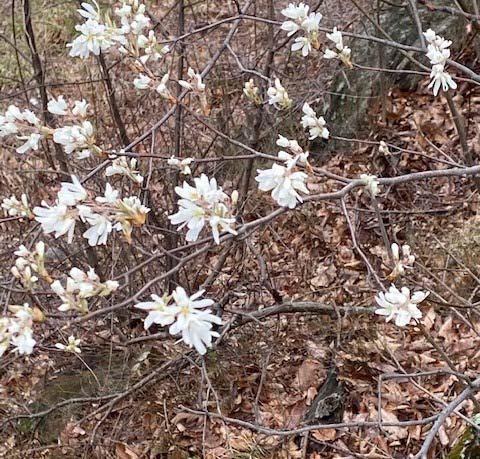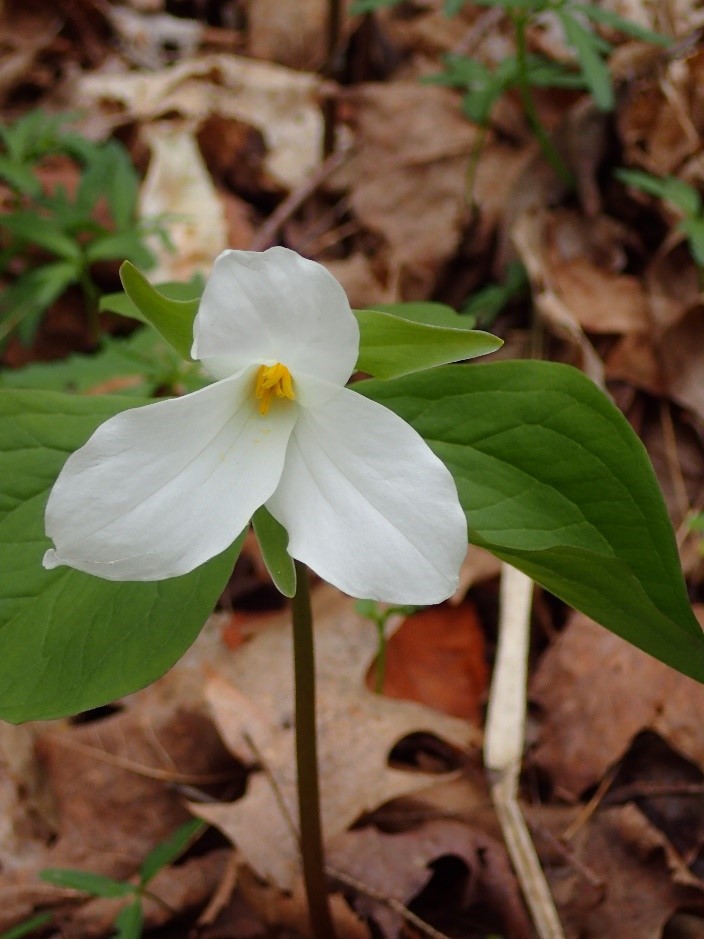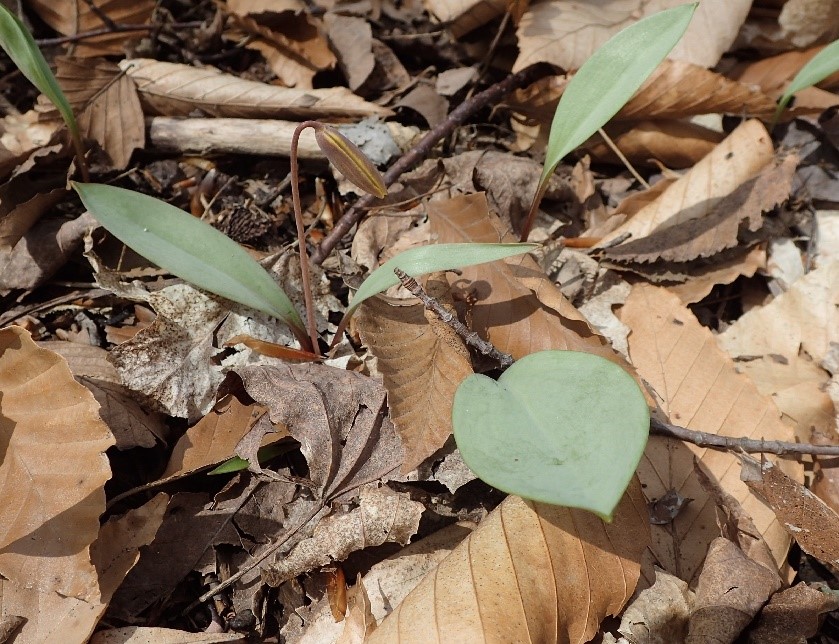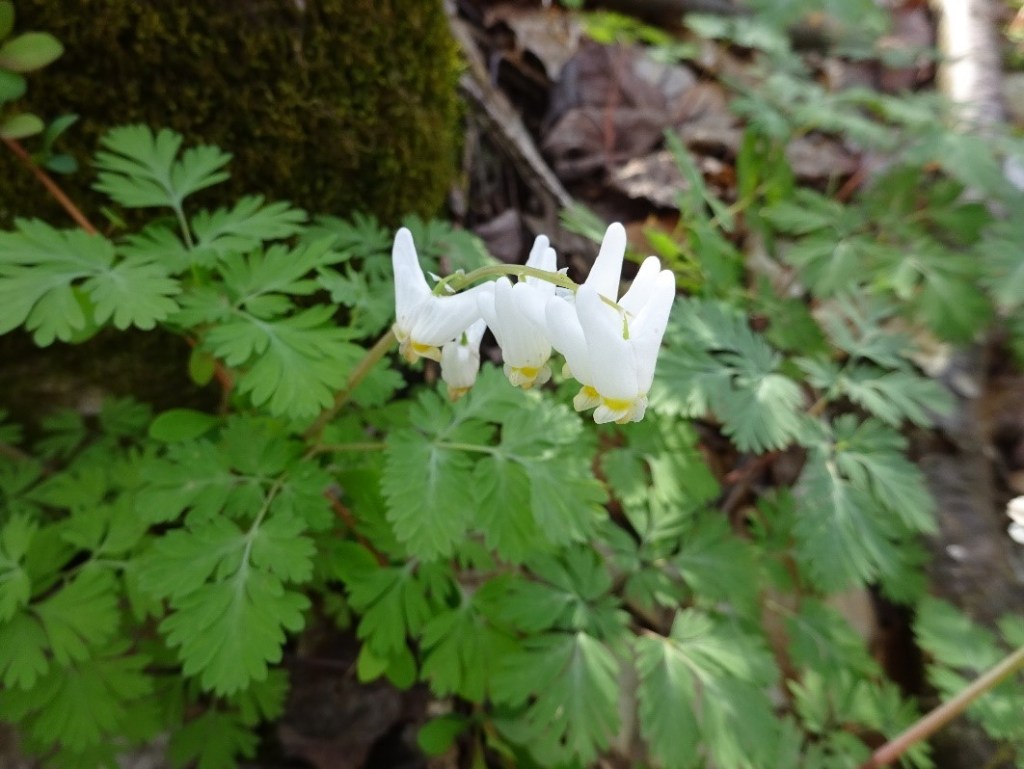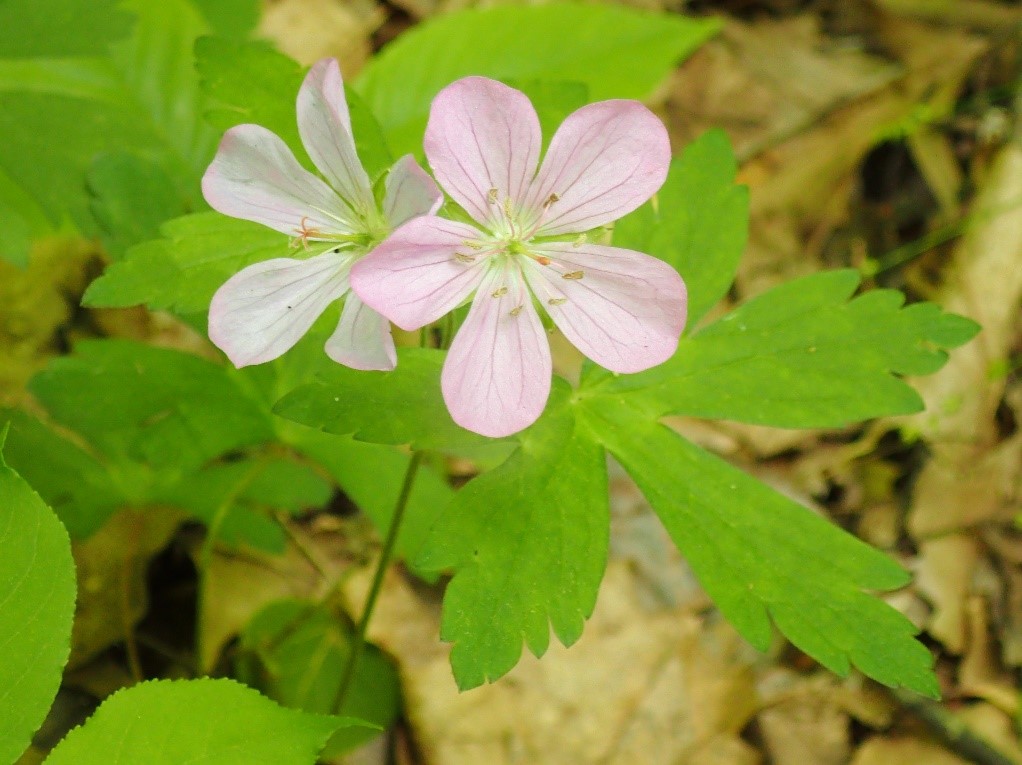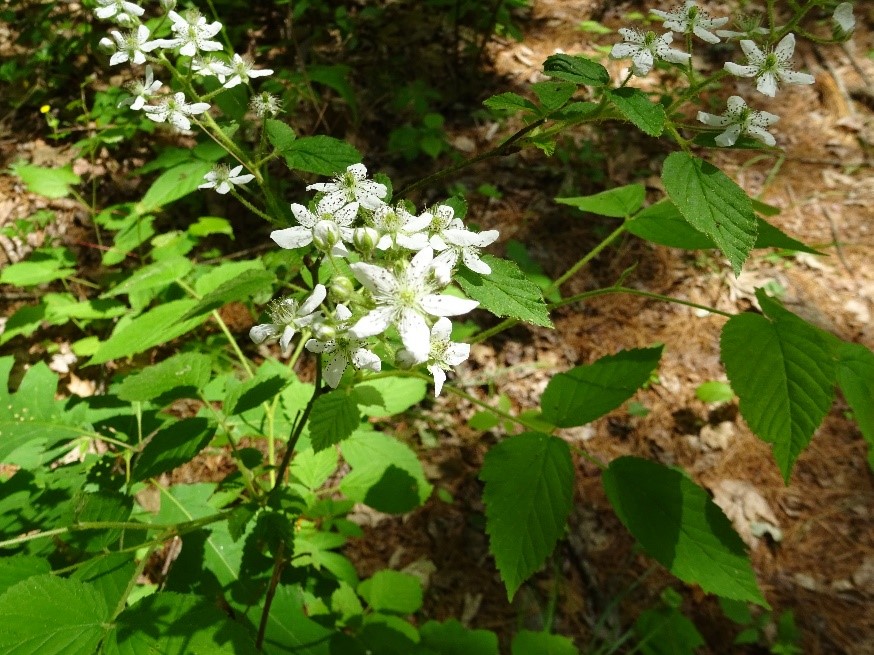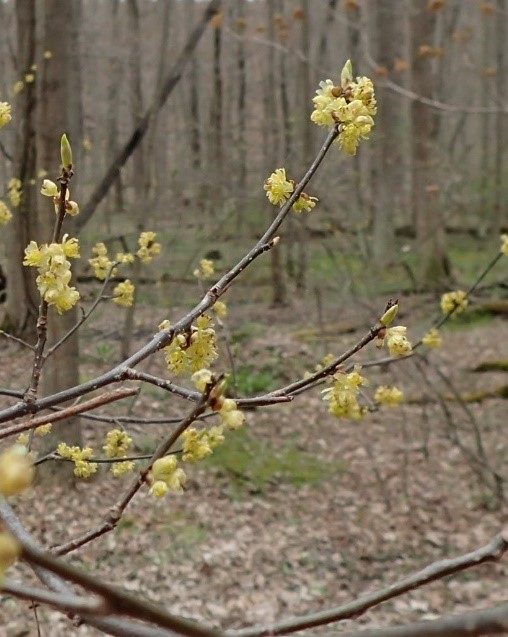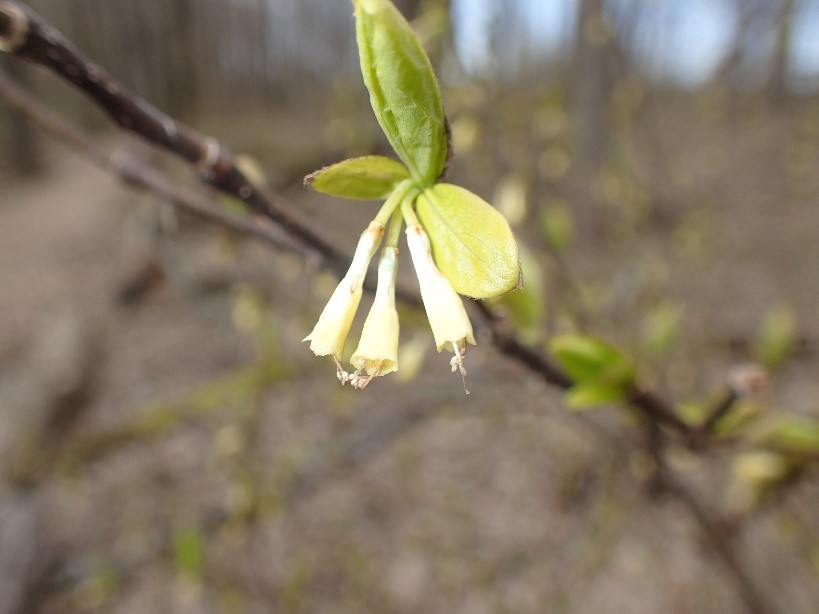As Tom Petty once sang, “You belong among the wildflowers, you belong in a boat out at sea.” At New York State Parks, we cannot offer you a boat at sea, but we CAN offer you wildflowers! New York State is blessed with a bounty of native wildflowers that you can view throughout the year, but they are particularly brilliant in the spring.
Continue reading You Belong Among the Wildflowers (In a New York State Park)Tag Archives: flowers
From Seed to Park, Nissequogue River State Park’s Greenhouse Supports Long Island’s Ecosystem
Where does New York State Parks get its flowers, perennials, shrubs and trees? For the parks on Long Island, the answer for the past two and a half years may be simply “Michelle.” Since becoming the manager of the Nissequogue River State Park greenhouse, Horticulture Technician Michelle Doran-Leute has launched an ambitious program of seed collection, propagation and planting that’s not only making Long Island parks beautiful, but supporting its ecosystem. Her mantra has always been: You can’t have a park without plants! Follow along as Michelle takes us inside the operations at the Nissequogue River greenhouse and nursery.

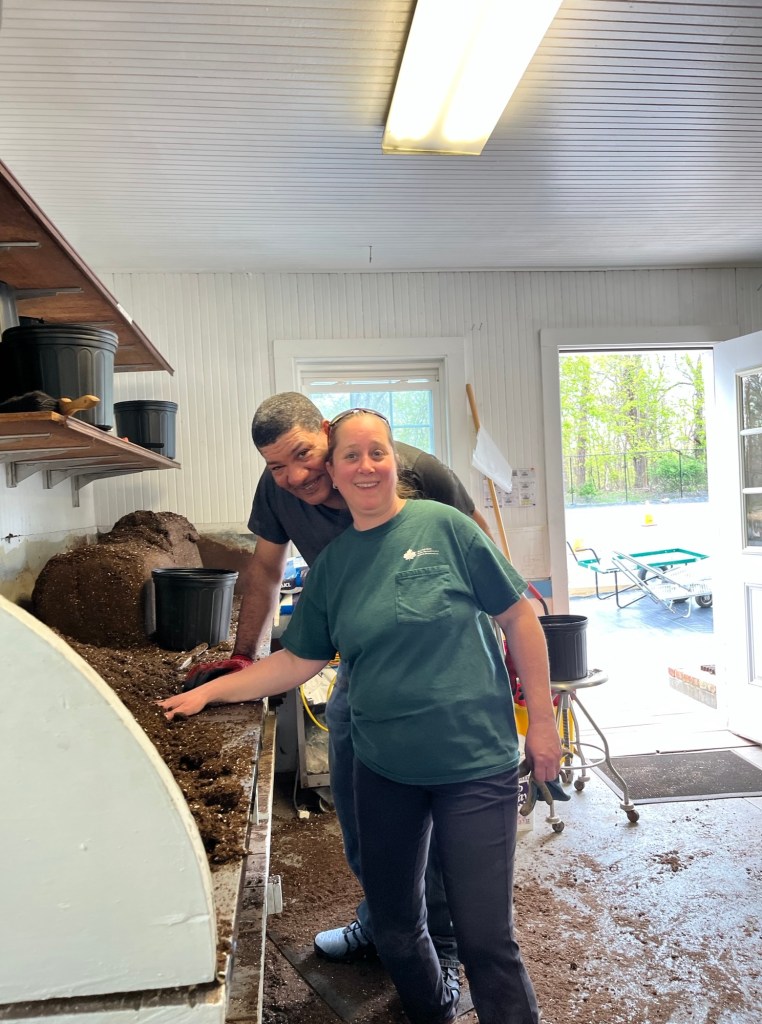

The Nissequogue River State Park (NRSP) greenhouse and nursery is home to the growing operations for the Long Island Region of New York State Parks. Operated and managed by myself and assistant Emma Halliday, its main purpose is to grow plant material to be distributed to the state parks of Long Island. We focus on growing native United States perennials, trees, shrubs, and ornamental mums, cabbage, kale, and asters for the fall season.
Long Island has a distinct ecology, salt spray, exposure to tides and hurricanes, and increasing urbanization. From the beach parks to forest parks, we have differences in the plants that naturally grow here.
Continue reading From Seed to Park, Nissequogue River State Park’s Greenhouse Supports Long Island’s EcosystemLandscape Architecture In Full Flower
Is there a greater source of inspiration than nature? The natural world has inspired great works of art in every genre and style from cave paintings to classical sculpture, lyric poetry to hit movies, orchestral works to electronic soundscapes. Landscape architecture takes this process one step further, in which nature becomes the art. A landscape architect studies for years to learn the art, science and craft of working with plants and trees to make an artistic statement that complements both the natural surroundings and the architecture and meets the needs of their client.
New York State Parks and Historic Sites preserves many remarkable landscapes. As National Garden Week draws to a close, discover iconic landscapes at our historic sites and the fascinating stories behind them.
Continue reading Landscape Architecture In Full FlowerMore Early Spring Bloomers – Flowers of April and May
With snow finally receding and spring on the way as the ground thaws, it is time to start seeing some of New York State’s earliest flowering trees, plants and shrubs.
So, during these early season hikes, be on the lookout for some of these early bloomers as they seek light, nutrition, and pollination by the insects that are also making a reappearance.
Many tree species like the maples and willows bloom in early spring. The white flowers of service berry (Amelanchier), either a tree or a shrub, are easy to spot in April and May. Amelanchier is also known as Juneberry, shadbush or shadblow.
At the onset of spring, the trees have not leafed out yet, allowing lots of sunlight to reach the forest floor. Take a closer look. This is the chance for many smaller plants to spread their leaves, fuel up and put out their flowers to attract pollinators.
Trilliums are among the most familiar woodland plants, with their three leaves and three petals in red, white or pink. This is the great trillium, Trillium grandiflora.
It is easy to miss the flowering of trout lily (Erythronium americanum) shown here in bud. The deep yellow flowers often finish flowering before the leaves come up. The leaves are waxy and often have dark patches that make them recognizable even without the flowers.
An easy flower to recognize is the buttercup (Ranunculus sp.). These grow in the woods, meadows, tall lawns, or in streams and wetlands. There are many species of buttercups but all have five shiny yellow petals.
Dutchmen’s breeches (Dicentra cucullaria) look like upside-down bloomers. They occur in moist woodlands, often more calcareous sites and sometimes in large colonies.
A cousin to Dutchman’s breeches is squirrel corn (Dicentra canadensis) with its heart-shaped flowers. Notice how the leaves of both of these species look the same; they often grow together. Squirrel corn is related to the cultivated bleeding heart in pink or white that you see in gardens.
Wild geranium (Geranium maculatum) is a common native plant of the northeastern forest. The flowers look similar those of the red geranium that you see in window boxes and planters, also in the Geranium family but in a different Genus (Pelargonium) that is not native to the northeast.
Don’t overlook the wild raspberries and blackberries (Rubus spp.) with their prickly stems and bright white five petaled flowers and an abundance of stamens. They can be shrubs or vines, some growing tall and others like the dewberry growing close to the ground. They bloom from May through August.
The graphic below illustrates the parts of a raspberry.
Not quite in the same category, the ferns start emerging at this time as well. Here the curled fronds or “fiddleheads” of ostrich fern (Matteuccia struthiopteris) slowly emerge on a moist floodplain before the trees leaf out. Many other kinds of ferns will be coming out as well.
Like umbrellas in the woods, these mayapples (Podophyllum peltatum) are just unfurling their leaves. A creamy white flower will emerge a bit later beneath the leaves. Some will develop into a “fruit” or seedpod that looks like a small green apple – do not eat as mayapple is poisonous to both humans and dogs.
Spicebush (Lindera benzoin) is very common in moist woods and along streams. If you scratch the stem you can smell the spiciness, a bit like cinnamon. Note the clusters of tiny five-petaled flowers along the stems.
Much less common and usually found in calcareous soils, often in moist woodlands, is leatherwood (Dirca palustris). This gets its name from the very pliable branches – you can bend them in a U shape without breaking it. The flowers of leatherwood are like small tubes. They might be mistaken for honeysuckle (Lonicera spp.) which have larger and more open flowers and more brittle twigs.
And learn more about some of these early bloomers in these previous editions of the New York State Parks Blog.
In Search of the Early Bloomers
The ground is thawing out and the skunk cabbage is up – it’s time to start searching for the purple rock cress (Cardamine douglassii), a state-threatened plant. You may also find its more common cousins, all members of the mustard family – yes, like the mustard you eat, but with white to pink flowers rather…
Native Spring Wildflowers
Spring is in the air and with warmer temperatures come the spring flowers everyone hopes to glimpse. Most of the flowers people have come to associate with spring are not native to North America though. Crocus, daffodils, hyacinths, and tulips, for example, are all European flowers. There are, however, many native plants that “spring” up…
And when late spring arrives, here are some of the other wildflowers that will appear described in the New York State Parks Blog.
Late Spring Flora
Finally the weather is warming and the flowers are popping out. Time to get outside and look for spring flora! You can find wildflowers in the woods, at the pond or along a stream, in the dunes, or maybe even in your back yard or neighborhood. Here are some native wildflowers in bloom to look…
Cover shot – Dutchmen’s breeches
Post by Julie Lundgren, State Parks Ecologist with NY Natural Heritage Program
NY Natural Heritage Program is affiliated with SUNY College of Environmental Science and Forestry (SUNY ESF) and works in close partnership with NYS Parks and NYS DEC. NYNHP has a partnership with State Parks to conduct field surveys to describe and map natural communities and to search for rare plant and animal species. These surveys inform park management, environmental stewardship and outreach. While doing these surveys, we also collect information and photos of many common species across the state like the ones shown above.
Learn more about New York State’s flora here, here and here.
Learn more about the NY Natural Heritage Program Partnership with State Parks here.





